Which way Nepal is heading: China, India or the US
After its elections in November 2022, Nepal is now led by a new coalition government formed by parties of the Left Alliance. However, volatile relations and power struggles especially between the Communist Party of Nepal (UML) and the Maoist Centre could mean difficulties in making decisions and implementing policies. The top leaders also have different ideas about foreign relations and great power politics.
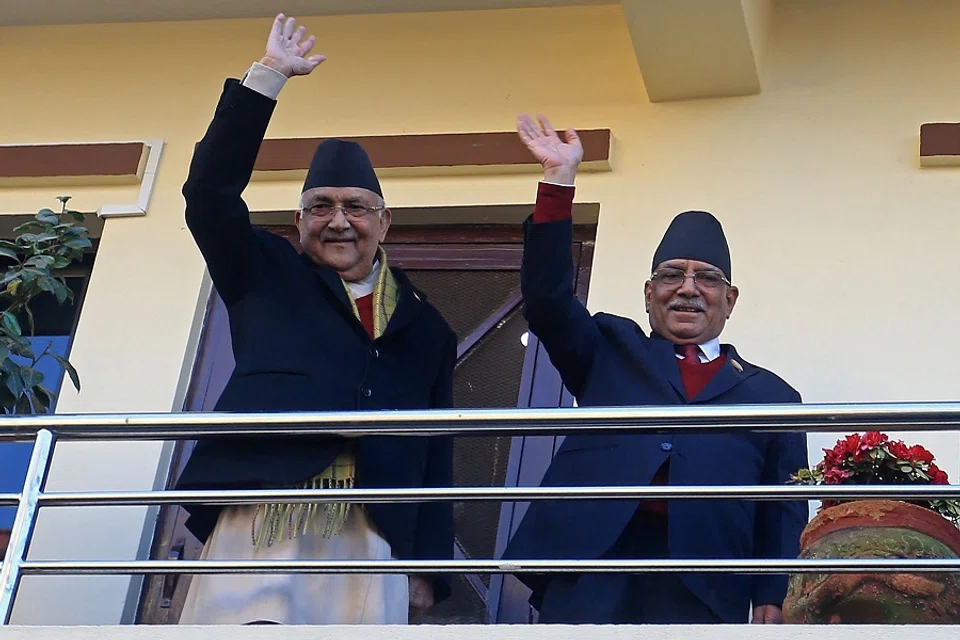
Nepal, a country located between the two Asian giants India and China, went to the national polls on 20 November 2022. This was the fourth democratic election in the country since the downfall of a centuries-old Hindu monarchy in 2006.
The Left Alliance consisting of the Communist Party of Nepal (UML), the Maoist Centre, the debutant Rastriya Swatantra Party (RSP) and the royalist Rastriya Prajatantrik Party (RPP) formed a coalition government with Maoist Centre chief Pushpa Kamal Dahal alias "Prachanda" as the 13th prime minister of a democratic Nepal.
In this election, there were two major political factions, namely, the Democratic front led by the ruling Nepali Congress Party and the Left Front, led by CPN-UML. The Maoist Centre contested elections in alliance with the Democratic front.
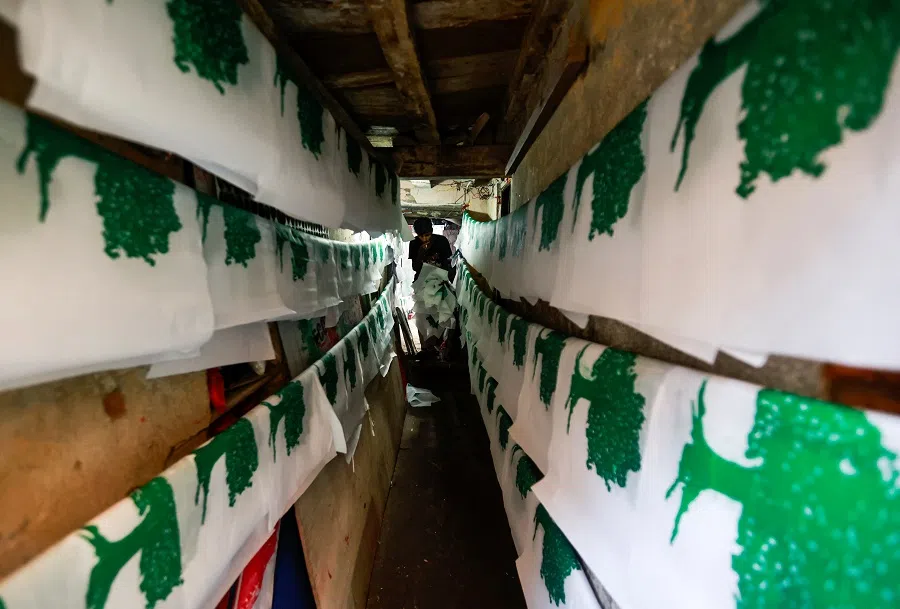
However, despite being the most significant mandate to the Democratic front, Maoists broke from the alliance. They joined the Left Alliance to form the government due to the insistence of the Nepali Congress to lead the government. The last-minute switch by the Maoist Centre from the democratic alliance came as a shock to the Nepali Congress Party.
Who is 'Prachanda'
Prachanda took the oath of office for the third time. During his previous two terms, Prachanda could not complete his five-year tenures in office due to the political arithmetic of the coalition governments.
In 2008, Prachanda's Maoist Centre won a landslide majority in the first-ever elections held in a democratic Nepal. However, he resigned from office due to a lack of political experience and a dispute with the army chief, who declined to enrol Maoist fighters in the National Army.
Prachanda was a Maoist fighter who led an army of almost 10,000 guerrillas against the monarchy and fought a decade-long war from 1996 to 2006, finally forcing the king to pave the way for democracy.
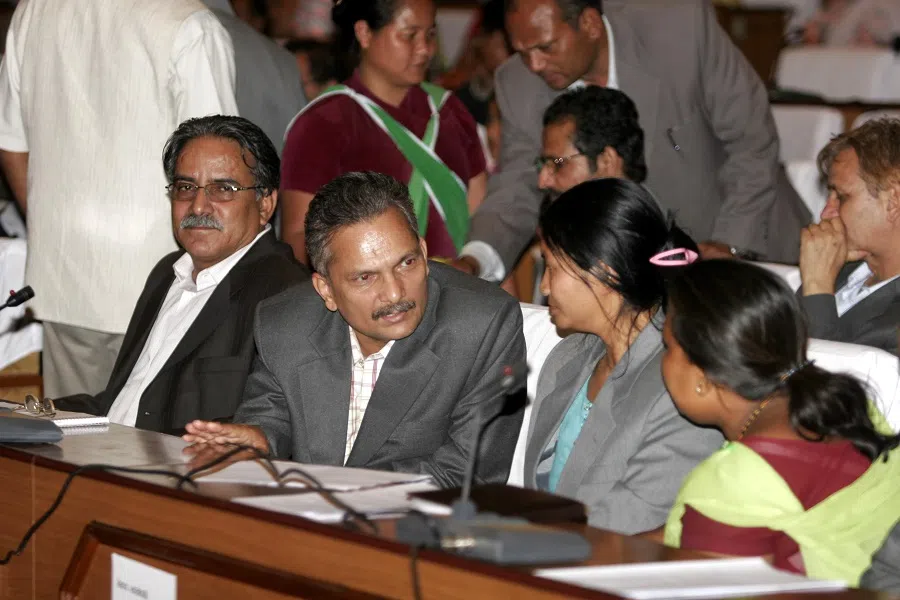
Prachanda was a Maoist fighter who led an army of almost 10,000 guerrillas against the monarchy and fought a decade-long war from 1996 to 2006, finally forcing the king to pave the way for democracy. The democratic transition in Nepal came at the cost of 8,000 lives during a decade-long war in Nepal. However, Nepal set the example of using the United Nations effectively in peacefully mainstreaming the Maoist fighters into democratic politics.
An alliance sans ideology
The ruling coalition of the Maoist Centre and the CPN-UML has been the leading Left force in Nepal and have joined hands in the past as well. Both parties' sources of foundational inspiration are derived from Marx, Lenin, and Mao, with communism and socialism as the cardinal bases.
Interestingly, CPN-UML and the Maoists sprouted from the erstwhile Communist Party of Nepal (CPN), which revolutionary leaders like Pushpa Lal Shrestha founded. CPN-UML and the Maoist Centre found a deep-rooted revolutionary bond with India's leading socialist movements and chose India as their safe haven during the democratic and Maoist movements in Nepal.

The Maoist Centre party is named after Chinese leader Mao Zedong, and China criticised them for defaming their "great leader" and later supported the monarch in the fight against the Maoists. Meanwhile, both parties seem to have abandoned the ideological war and sought occasional unity of interests and survival.
All this while, the RPP has been a staunch critic of leftist forces in Nepal...
The other partners in the present coalition include the RPP, one of the oldest political parties that emerged from the first democratic movement in 1990. The party was formed to keep the political interests of the monarchy intact, and after the downfall of the latter in 2006, RPP remained the sole force calling for the revival of the monarchy in Nepal.
RPP is also seen as a Hindu nationalist party supporting the revival of Nepal as a Hindu country, considering its majority Hindu population. The 2008 constitution of Nepal dropped the Hindu state status and Nepal declared itself a secular nation.
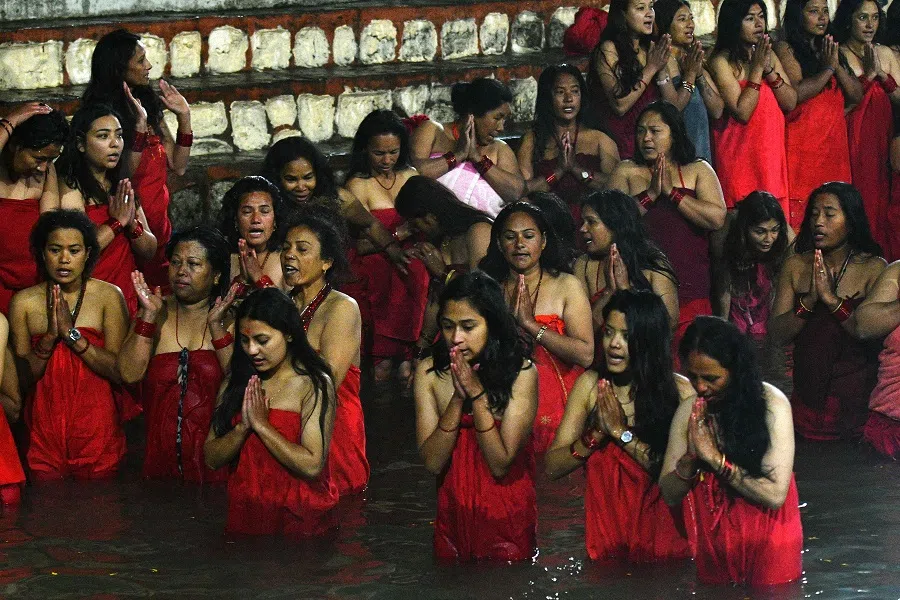
All this while, the RPP has been a staunch critic of leftist forces in Nepal, but with the new leadership under Rajendra Prasad Lingden, the party has joined as a junior partner in the government.
The RSP - the debutant - has no ideological base but fought elections against corrupt and dynastic politics. The party chairman, Rabi Lamichhane, who was until recently a famous media personality, brought together a handful of young graduates to contest in the national elections.
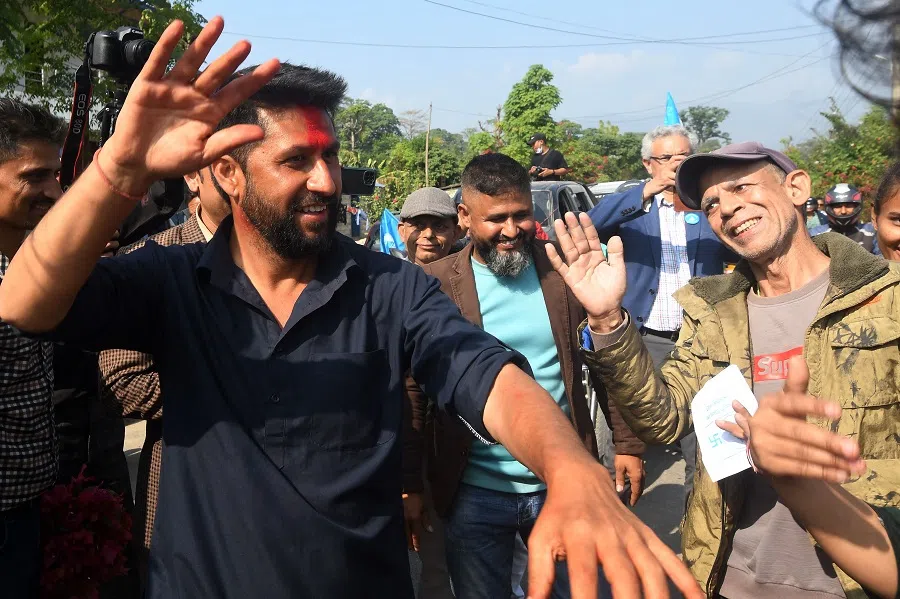
Considering their first-ever contest in national politics, RSP has gained popularity among the youth and emigrant population and has claimed the fourth top spot by winning 20 seats and defeating several old bastions and popular faces of the Nepalese politics, including Manushi Yami Bhattarai - daughter of Nepal's fourth prime minister - Baburam Bhattarai.
...its [RSP's] rise must be seen as a strong indication of growing unhappiness with ageing leadership and conventional political parties.
The RSP has joined the government, with Rabi becoming one of the three deputy prime ministers and the home minister. Although the traditional political parties saw RSP as a minuscule urban phenomenon, its rise must be seen as a strong indication of growing unhappiness with ageing leadership and conventional political parties.
Future of the Alliance
In the past three elections, no government has been able to complete a five-year term, resulting in acute political instability in Nepal. Previously, the CPN-UML and the Maoists have been arch-rivals, especially after the fall of the Left Alliance in 2020.
The CPN-UML chief KP Oli and the Maoist chief Prachanda were engaged in verbal spats in the 2022 election campaign and swore never to ally. However, there are no permanent friends and enemies in politics, and the two rivals came together to form the government.

As per the popular understanding between the Maoist Centre and the CPN-UML, the former will lead the first half of the five-year term, and the latter will lead the second half. However, after completing the first half of the term with the Left Alliance, it is possible that Prime Minister Prachanda may break away and join the Democratic Alliance and continue in office.
...the formation of the Left Alliance was a political accommodation to keep the Nepali Congress-led democratic alliance out of power...
There are a total of 275 seats in the Lower House, of which 138 seats are needed to win a clear majority in parliament. In the ruling alliance, CPN-UML has 78 seats, Maoist Centre 32 seats, followed by RSP with 20 seats, and RPP with 14 seats.
What is surprising about the Left Alliance is that the CPN-UML let a junior partner in the coalition - Maoist Centre - takes office. It is clear that the formation of the Left Alliance was a political accommodation to keep the Nepali Congress-led democratic alliance out of power, and in doing so, KP Oli had to sacrifice his political aspirations, including taking office.
To accommodate all parties, three deputy prime ministers have been appointed - Bishnu Poudel of the UML, Narayan Kaji Shrestha of the Maoists and Rabi Lamichhane of the RSP. With three deputies and KP Oli as strong political personalities, Prime Minister Prachanda will have difficulties running the office with ease.
Prachanda will have a difficult time in office as Oli is still holding on to his political turf and has a great influence on the Office of the President.
While the constitutional provisions protect the government from no-confidence motions for the next two years, clashes within the alliance may cause a mid-term change of the prime minister. Also, the alliance arithmetic will be crucial in passing the controversial Citizenship Bill and other impending constitutional amendments. At the same time, Prachanda will have a difficult time in office as Oli is still holding on to his political turf and has a great influence on the Office of the President.
Views on India, China and the US
Prachanda and KP Oli share strong views on Nepal's foreign policy, especially on maintaining relations with its two neighbours, India and China. While the two leaders share a strong bonhomie with China, Prachanda is accommodative of India's security concerns and rarely invokes the existing border dispute with India.
That said, Prachanda played a crucial role in Nepal's entry into Belt and Road Initiative (BRI) in 2017 and the first-ever joint military exercises between the Nepal Army and the Chinese People's Liberation Army (PLA) in the same year, much to India's unhappiness. At the same time, Chinese criticism of the Nepali Maoists in the past has vanished, and it has shown faith in Prachanda.
Presently, China is attempting to re-energise the BRI with Nepal, as the initiative has not moved an inch since the agreement was signed in 2017.
As soon as Prachanda took the oath of office, a delegation of Chinese experts arrived in Nepal to survey the possibility of a Trans-Himalayan railway corridor connecting Nepal's capital city Kathmandu to Kerung in Tibet. A China-funded/loaned airport in the river city Pokhara which was left pending during the previous government's term was also inaugurated on 1 January 2023.
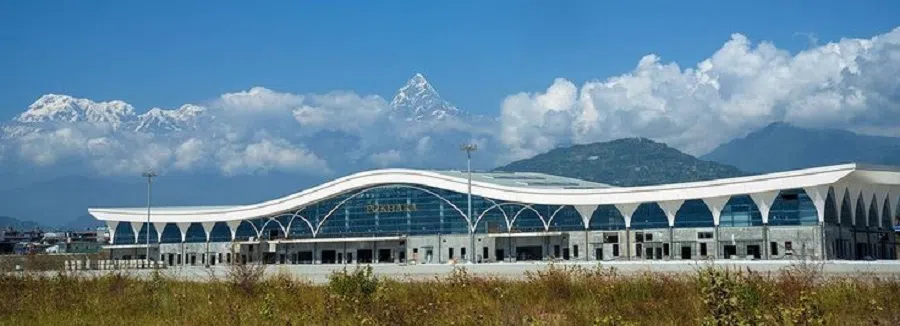
Presently, China is attempting to re-energise the BRI with Nepal, as the initiative has not moved an inch since the agreement was signed in 2017. Although the Chinese embassy claims that the Pokhara airport was built under the BRI, the Nepalese side begs to differ. In the Nepali view, the BRI was signed way after the agreement on the construction of the Pokhara Airport was signed. No doubt, relations with China will be a critical factor in Nepal's foreign policy of the day.
Prachanda also holds an anti-West and anti-America view in foreign policy.
Meanwhile, it will be interesting to see if Prachanda will continue with the practice of newly elected prime ministers visiting India on their first foreign visit. During his first tenure as prime minister in 2008, Prachanda chose to visit China, causing a furore in India.
It will also be interesting to see Prachanda's stance on the Indian Army's practice of recruiting Gurkha soldiers of Nepalese origin, a vestige of British rule in India. Recently, India's plan to recruit Nepalese Gurkha soldiers under short-term contracts under its new Agnipath scheme has caused some unease on the political front.
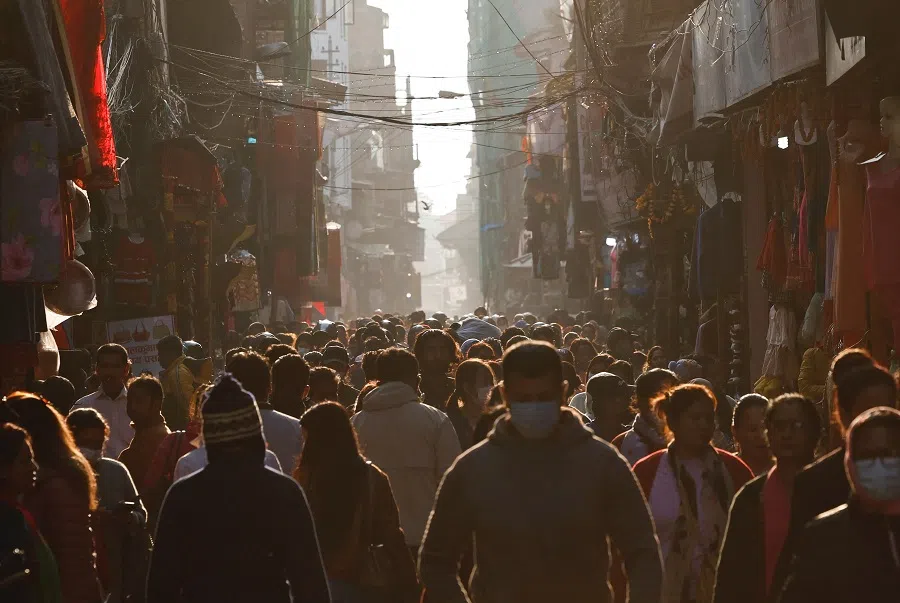
Prachanda also holds an anti-West and anti-America view in foreign policy. It is noteworthy that Prachanda had threatened to withdraw from the Nepali Congress Party-led alliance with the previous government in March last year if the government gave parliamentary approval to American aid worth US$500 million under the Millennium Corporation Challenge (MCC).
However, Prachanda finally agreed to MCC after the US resolved his queries, including whether MCC was part of the Indo-Pacific strategy. Meanwhile, Prachanda has been greeted by leaders worldwide, including India, China, and the US, followed by respective ambassadors calling upon the prime minister.
Future of foreign policy amid coalition pressures
With Prachanda in power, KP Oli will be an overriding force in Nepal's new foreign policy, which has been critical of India's traditional presence in Nepal's domestic and foreign affairs. In 2019, as a prime minister, KP Oli launched an anti-India campaign and blamed India for encroaching on land in the Kalapani region - a tri-junction between India, Nepal and China.
Oli has also been a strong supporter of signing an extradition treaty with China after repeated requests from Beijing. The treaty was shelved during the visit of Chinese President Xi Jinping to Nepal in October 2019. It could not be signed due to pressure from human rights groups and pro-Free Tibet organisations. If the treaty is signed, it will jeopardise the future of nearly 30,000 Tibetan refugees living in Nepal who have been living as refugees for the last seven decades.
With UML and the Maoists breaking the bread together, China would be keen to reinvigorate its efforts to convince Nepal to sign the treaty at a time when coalition pressures may force the Maoists to sign the treaty.
... the internal tussle between the prime minister, his three deputies and KP Oli will be crucial in ascertaining the future of the government.

The formation of the Left Alliance may have put a full stop to all the weeks-long speculations on government formation. But the political contest between Prime Minister Prachanda and his alliance partner, UML Chief KP Oli, will decide whether the alliance stays intact and will provide stability to the government.
Also, the internal tussle between the prime minister, his three deputies and KP Oli will be crucial in ascertaining the future of the government. Above all, a cardinal factor will be the new government's foreign policy choices, which will be crucial in designing Nepal's future trajectory with India, China and Nepal.

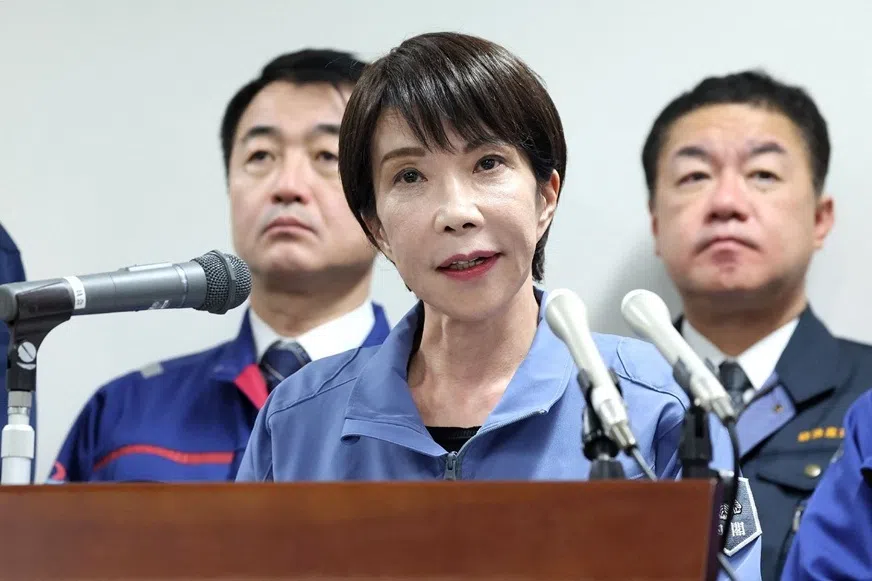

![[Big read] China’s 10 trillion RMB debt clean-up falls short](https://cassette.sphdigital.com.sg/image/thinkchina/d08cfc72b13782693c25f2fcbf886fa7673723efca260881e7086211b082e66c)
![[Big read] Love is hard to find for millions of rural Chinese men](https://cassette.sphdigital.com.sg/image/thinkchina/16fb62fbcf055b710e38d7679f82264ad682ce8b45542008afeb14d369a94399)
